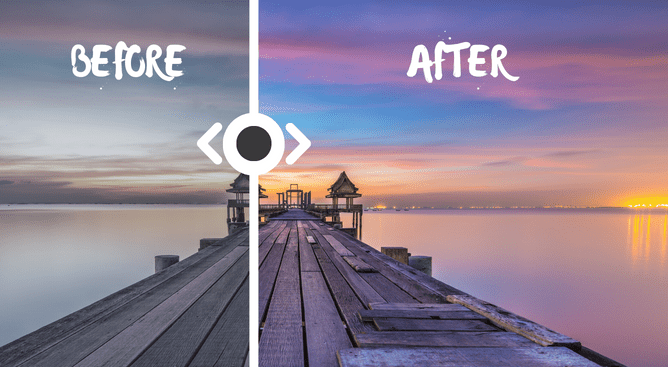Having worked in digital for over 20 years now (good grief - has it really been that long?) there’s a popular misconception that every few years or so a company should look to completely revamp their website. I would argue for a number of reasons that this is ill-advised with potential negative results for the small business owner.
Now let’s be honest here, a small business owner cannot compete with the well-oiled machine of a corporate marketing department with its unlimited resources and access to slick video and artwork production - particularly when its new website is launched with the accompanying fanfare and promotion.
So myself and the team at Digital Doctor are with the clever mob at MailChimp who advises in its blog, ‘How to Update a Website’ that it pays to keep a website updated regularly and that, ‘...it's important to routinely perform website updates.’ We’ve compiled what we think are the 3 most valid reasons for keeping your site in ship shape condition as opposed to leaving it to fester after the honeymoon period. Also note that these points are not mutually exclusive - they sit side by side in terms of importance.
Cost
I’ve often heard website designers justify the complete overhaul of a website design because they’re chasing a nice, juicy design budget. Thankfully that’s becoming less so but agencies still have high overheads that need paying and eye watering hourly rates are nonetheless still detailed in design proposals.
Any designer who is keeping abreast of design trends should be working with a website build platform that is constantly rolling out new functionality. We do and it allows us to mirror emerging industry standards for a relatively low cost. It’s why we selected Rocketspark’s solution - there’s little or no extra coding required and unlike a WordPress site, us little pocket rockets can make a huge impact to a client’s site without referring back to the Mothership for bespoke coding.
For our clients, we’re always looking out for new features that will add to the user experience. That’s not to say that it works for every website so we only recommend those that fit a specific requirement - less is more as they say. It makes perfect sense and it’s surprising how big an effect just changing an image or embedding a top header video can make. Couple that with resizing areas, perhaps adding more spacing and tweaking the mobile view and that old, tired site is instantly refreshed - and at a fraction of the cost of a new build.
Brand consistency
I talk about this a lot to people but it’s crucial, however big or small your business is. Don’t change your logo unless it’s absolutely necessary (i.e. it was created by you one night, years ago after a couple of vinos with what you thought was an inspired logo generator!). It does pay at that point to get a professional to design your logo - seriously, it will save you money in the long term.
Tweak the logo if you must but retain the same colour palette and avoid gradients as well as being mindful of colours rendering differently on various formats. If you want to do some research yourself, you can’t go wrong reading Hubspot’s How to Design a Logo [Step-by-Step Guide] which offers loads of tips when creating a logo - or you could just give us a call :)
Familiarity
Once you have a website you’re proud of, nurture it and develop it. I often hear new clients complain that they’ve fallen out of love with their website which is why they’re looking for a new one. Whilst it’s a perfectly reasonable argument and the client is never wrong in that assumption, it makes more sense to build a site that can change subtly over time.
This is where a business owner has to totally buy into the visitor’s perspective. Your audience will be used to seeing a website they recognise and feel comfortable with - ideally you don’t want them being confused when they’re presented with a completely different experience. Obviously there are situations where this doesn’t apply - think an architect’s site which could be showcasing different properties or a product manufacturer who is launching a new range of technology.
That said, if you understand and know your website audience, your website should adapt to their needs and by gradually making those changes, you won’t be baffling them. People ‘buy’ (and by that we don’t just mean literally, it could be simply deciding to engage with you) once trust has been established and a brand new shiny website could put them off and give the wrong impression - are you spending too much on sequins and tiaras to be perfectly frank.
Time for a metaphorical statement
I love taking on a new website project and treating it as a young seedling - here’s a horticultural metaphor approaching...
As our website seed grows and develops, we care for it with a little water and added nutrients month by month. Surely that’s better than the alternative whereby it’s left to fend for itself, bombarded by stronger weeds only to be finally noticed when it’s too late.
So there I finish my justification for ongoing design and development of a website. Nice and easy, gradual yet effective - there are many reasons for adopting this approach and the points listed aren’t exhaustive - just the top 3.





